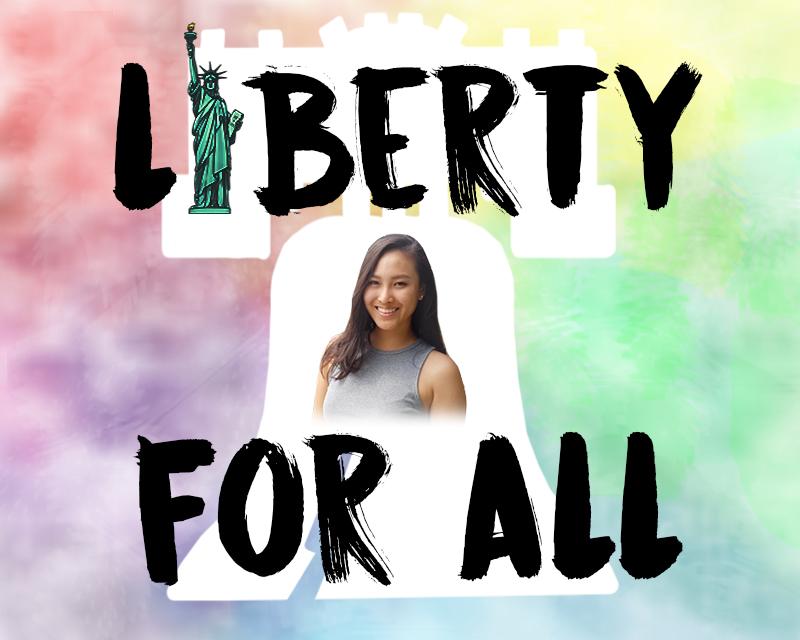By now, we all know, at least abstractly, that stereotyping is harmful and mind narrowing. We have been told time and time again to “not judge a book by its cover.” In many ways, society has seen an upward trend in awareness and progressiveness when it comes to gender and racial stereotypes, as we can see through many mediums, including politics and representation in pop culture. However, despite the change in numbers and policies, it seems that many still have mindsets that fall behind on the times.
Some things in our society so direly lack progressivism that they almost seem to be anachronistic: on Oct. 13, according to the Associated Press, four white student football players from Stone High School in Mississippi allegedly put a noose around a black junior varsity football player. Admittedly, that particular example reflects an extreme case of action based on stereotype, but even on less extreme levels, people of various backgrounds are affected in their day-to-day lives because of the prejudices that others can have against specific stereotypes.
According to (source), one important danger of stereotypes is how the victims of said stereotypes see themselves: for example, a study conducted by Yeung and von Hippel in 2008 shows that women who took a driving simulation after being told the purpose of the experiment was to “investigate the reasons that men are better drivers than women” were more than twice as likely to hit a pedestrian jaywalker than the control group that was told that they were being assessed in the “mental processes involved in driving.”
The result of this study shows an example of stereotype threat. Stereotype threat, a term coined by Claude M. Steele and Joshua Aronson in their study conducted in 1995, was defined as “being at risk of confirming, as self-characteristic, a negative stereotype about one’s group.” In other words, stereotype threat describes the action of consciously or unconsciously embodying the stereotype that one is subjected to.
“So what?” some may say. Well, stereotype threat could potentially create a vicious cycle of prejudice. For example, if there are negative stereotypes surrounding a group of people and they start behaving more like their stereotypes due to increased exposure, then more people outside of that group could start believing those stereotypes. A larger group of people validating and believing in negative stereotypes could potentially deter, or even reverse, the progress being made against racism, sexism, and other areas of inequality.
Getting rid of stereotype threat would help in areas such the racial score gap, the gender pay gap, and more. Simply making a conscious effort to not succumb to blindly believing stereotypes and being aware that human identities are complex and therefore unable to be expressed as a single, clichéd character can help bring real changes toward a more equal society.

